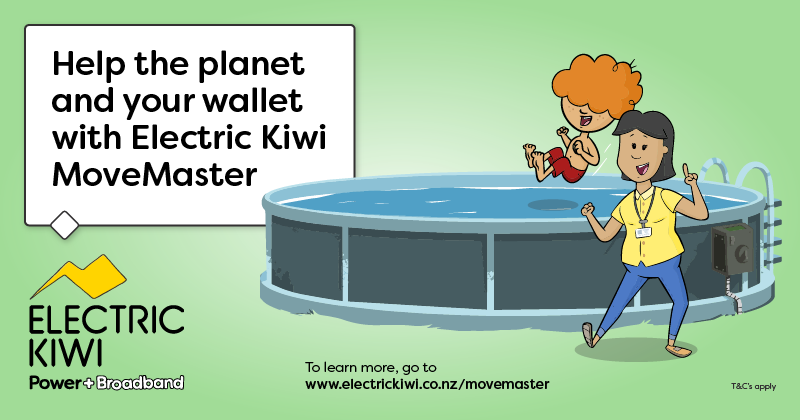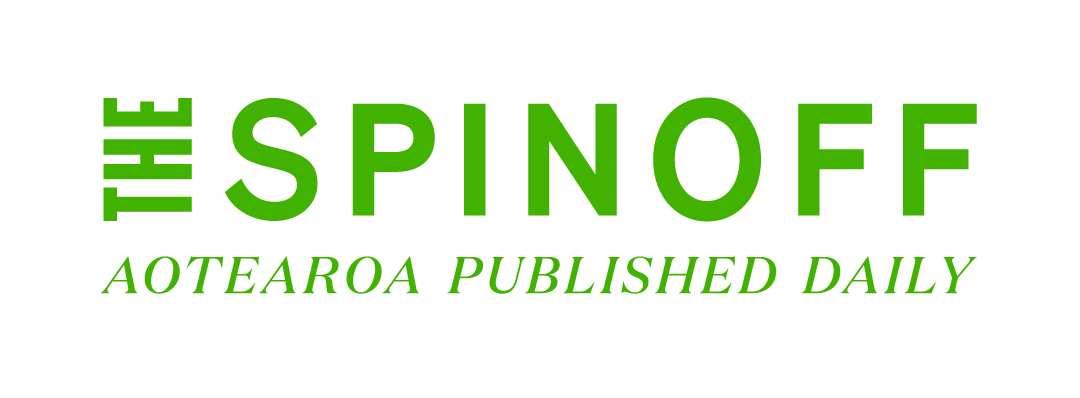Ten years and $80m to make this island pest free
Good news for the iconic wildlife of subantarctic Auckland Island.
Kia ora, welcome to Future Proof, brought to you by Electric Kiwi.
Hoiho / yellow-eyed penguin on the Auckland Islands. Image credit: Ellen Rykers.
Most people will never visit the subantarctic Auckland Islands – a windswept and wild archipelago 465km south of mainland New Zealand. But I was lucky enough to visit a few years ago, retracing the footsteps of my great-great-great grandparents who were part of a failed settlement on Auckland Island in 1849. The landscape is rugged: steep cliffs, roiling seas and gnarled southern rātā growing in acidic peaty soil. This is the home of iconic wildlife like hoiho / yellow-eyed penguins, pakake / sea lions, and toroa / southern royal albatross – not to mention the huge crazy flowers called megaherbs that look like something out of Dr Seuss.
A roadmap for making Auckland Island pest free
It’s a special place – a biodiversity hotspot of global importance – so this week I’m stoked to see some more detailed plans for finally eradicating rodents, pigs and feral cats from Auckland Island – New Zealand’s fifth largest island. Funding for eradication efforts was put on hold in 2020 in the wake of Covid-19, and in the meantime, experts have crunched the numbers and tested the tech for this ambitious undertaking. In a special issue of the New Zealand Journal of Ecology, they estimate it will take up to 10 years and $79 million for Auckland Island to achieve pest-free status.
Getting rid of rats, cats and pigs would be a boon for this wildlife haven. Megaherb fields could recover from decades of grazing, while “millions of seabirds” could return to safe breeding grounds, and the island’s rich assemblage of endemic moths, wētā and other invertebrates could flourish. James Russell from the University of Auckland told Jamie Morton at the NZ Herald that “there’d be a lot of complexity to it” but that it would be worth it: “We’ve also got obligations – it’s the last island in the Subantarctic World Heritage Area to still have pests – so it’s a bit naughty of us to not be trying to get them off there.”
A field of megaherbs on Enderby Island, where introduced grazers have already been removed. The main Auckland Island is in the background. Image credit: Ellen Rykers.
“They survived because they stayed in the most remote places”
It’s not just land-based wildlife that calls the Auckland Islands home: during the harsh subantarctic winters, the waters come alive with hundreds of tohorā / southern right whales gathering to breed and raise calves. When my ancestors lived there, the whales had already been decimated – “they were pretty much gone before anyone knew we had them in any great numbers,” said Rochelle Constantine, a conservation biologist, at the recent Waitī Waitā conference. “By 1920, there were only about 40 whales left.” Today, the most recent population estimates suggest there are a couple thousand tohorā in New Zealand waters, with the population growing by about 7% every year. Constantine said that the tohorā research team is combining a range of different methods – from genetics to satellite tracking – to “look at future impact of climate change and developing protection that's meaningful for these whales.” Here’s to more of our subantarctic wildlife – both above and below the water – bouncing back!
Summer has officially arrived which means more time in the pool!
If you have a swimming pool at home, there’s a good chance it’s to blame for around 10-20% of your overall power bill. The Electric Kiwi MoveMaster plan is awesome because it rewards you for using electricity at off-peak times - great for saving cash but also sweet because your power is more likely to be coming from renewable sources. Win-win for the environment AND your budget.
It works out particularly well if you have a pool pump to run - check out what you could save.
In other pest news… the rats are back?!
Up to 50 rats will be released inside a fenced sanctuary in a trial to scare off a 500,000-strong flock of introduced birds that are defecating over important lakes at Rotopiko. The Department of Conservation admits the plan may seem “counterintuitive”, but they’ve already tried dispersing the pooing birds with noise, light and a non-toxic haze to no avail. The large quantities of poo threaten the nationally important peat lakes’ aquatic plant life.
Plus, the call for a National Cat Act grows louder, with Dr Helen Beattie from Veterinarians for Animal Welfare Aotearoa penning a thoughtful op-ed explaining how keeping cats desexed, microchipped and safe at home is better for both wildlife AND our kitties. (More on cats in a previous edition of Future Proof.)
Lab-made meat is on the menu in the US
The US Food and Drug Administration has declared a lab-grown meat product to be safe for human consumption – two years after Singapore approved the sale of lab-grown chicken nuggets. Lab-grown meat does not involve the slaughter of any animals, and the emerging industry is keen to position itself as environmentally friendly with a smaller carbon footprint than traditional meat products.
Meanwhile, Guardian columnist George Monbiot is enthused about precision fermentation: a way of using bacteria to “brew” food products like high-protein flour. This tech could offer a low-carbon pathway to producing nutritional foods.
Politicians’ climate confusion abounds
The Zero Carbon Act created a “legal obligation” for New Zealand to stick to 1.5C warming, according to statements made when the legislation was first passed. But that sticking point has been significantly weakened thanks to a new court ruling, writes Newsroom’s Marc Daalder, in what appears to be a bizarre self-own by the minister for climate change James Shaw.
Also on Newsroom, environment editor David Williams breaks down blundering comments on carbon offsets made by National leader Christopher Luxon earlier this month, and what current climate commentary from the opposition means for a possible change of government next year.
The people trying to fix fashion’s waste woes
In this week’s Stocktake newsletter, Chris Schulz meets the founder of the New Zealand branch of clothing recycling outfit Upparel. Instead of heading to landfill, clothing that ends up at Upparel will be shredded and recycled into filler for couches, cushions and jackets. Currently, nearly 10% of landfill is comprised of clothing – a terrible indictment of our fast fashion problem.
Vanishing species
A stunning two-part series from RNZ data journalist Farah Hancock, tracing how our native species are vanishing despite our nationally ingrained love of nature. Part one is called ‘Creatures great and small’ and part two, ‘Flora, fungi and funding’ explores how conservation attention, effort and dollars are focused on “cute” and “clever” species, leaving little for those overlooked and underappreciated. In a related interview on Nine to Noon, expert Sophie Fern discusses her research into the role of charisma in conservation.
More stories:
Japan’s gorgeous heritage minka structures feature in this story on making buildings greener, by using what we already have.
Climate change is altering the way humans date and animals mate – turns out looks aren’t everything.
First ground test of hydrogen-fuelled aircraft engine successfully completed.
The climate vulnerable are starting to roar, writes Mohamed Adow, the director of Power Shift Africa.
This company wants to set up a direct air carbon capture facility in New Zealand.
A US court has temporarily banned exports of certain fish caught off the west coast of the North Island because New Zealand is not doing enough to protect critically endangered Māui dolphins. The ruling could cost up to $200m in lost revenue.
Wireless EV charging being researched for State Highway 1.
“Salvation” technologies are not alternatives to actual climate action, write researchers Tessa Hiscox and Jack Heinemann.
Joey the sea lion gives his seal of approval for a mineral water advert. Image credit: Joey the sea lion, 1935. Photographer unknown, P2011-030, Hocken Collections Uare Taoka Ō Hākena.
To end this issue, a short read about the sea lion Joey, who spent several months hanging out in the beachside Dunedin suburb of St Clair during 1935. He was a real character, according to Rauhina Scott-Fyfe: “Joey could be seen sleeping in gardens, swimming in the St Clair baths, or ambling along the street to the dairy for an ice cream.” Scott-Fyfe discovered the story of Joey in a small book published in 1939, now part of the Hocken Collections.
Seal you next week,
Ellen
Got some feedback about Future Proof or topics you’d like covered? Get in touch with me at futureproof@thespinoff.co.nz















